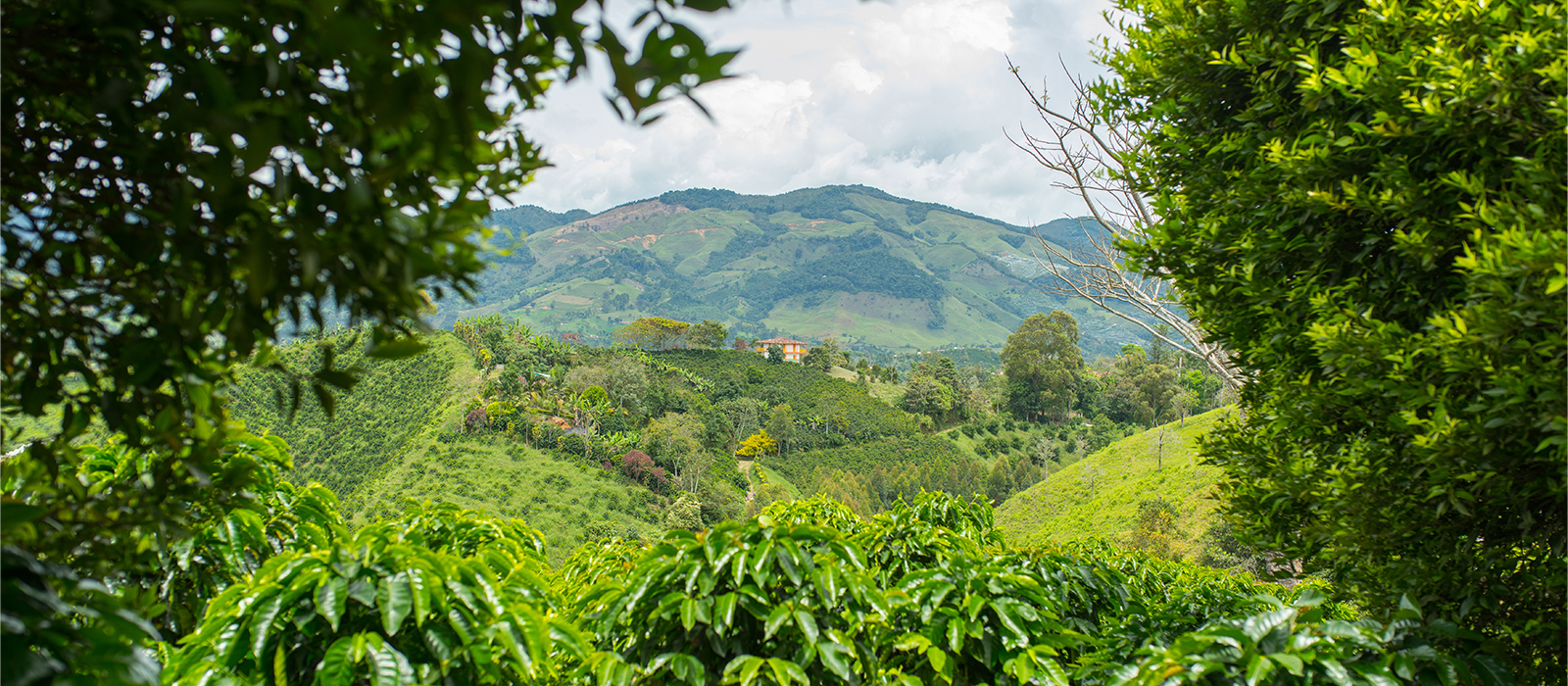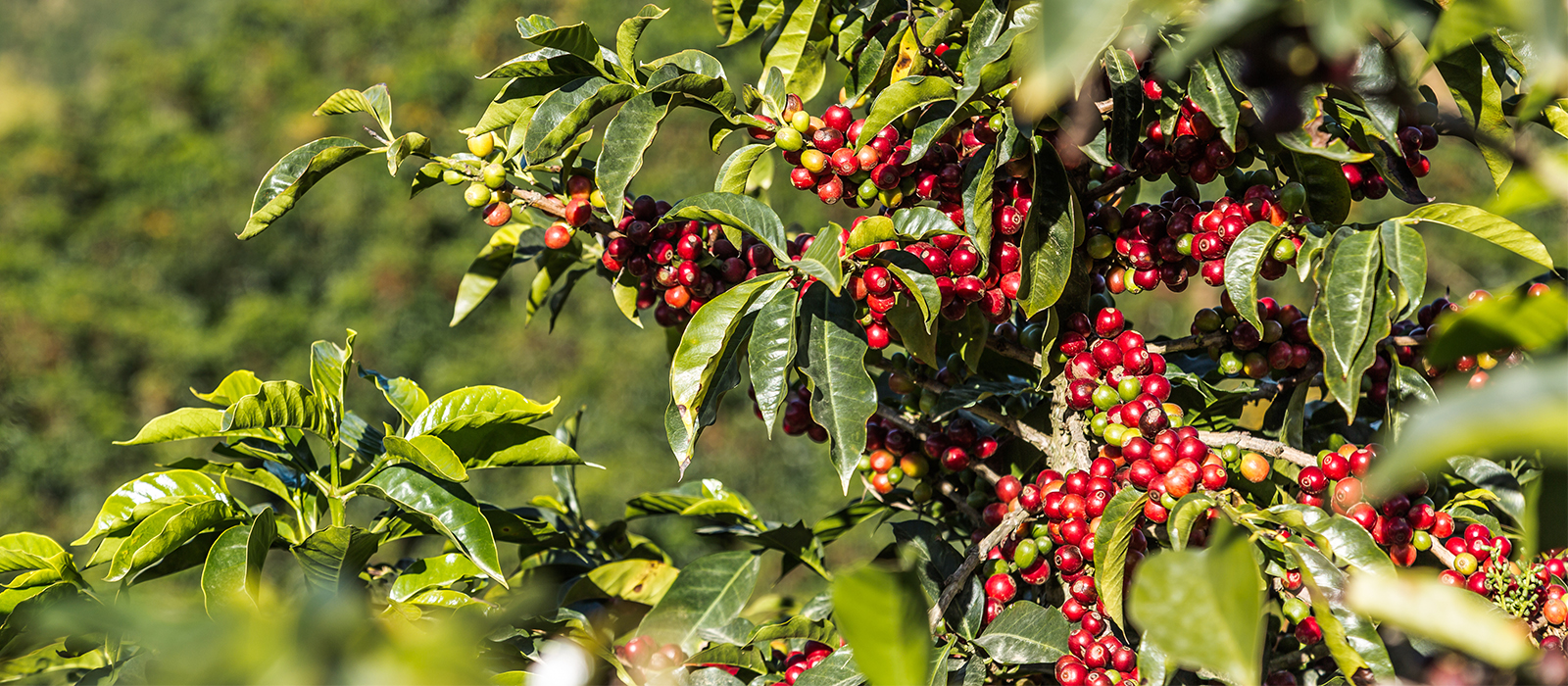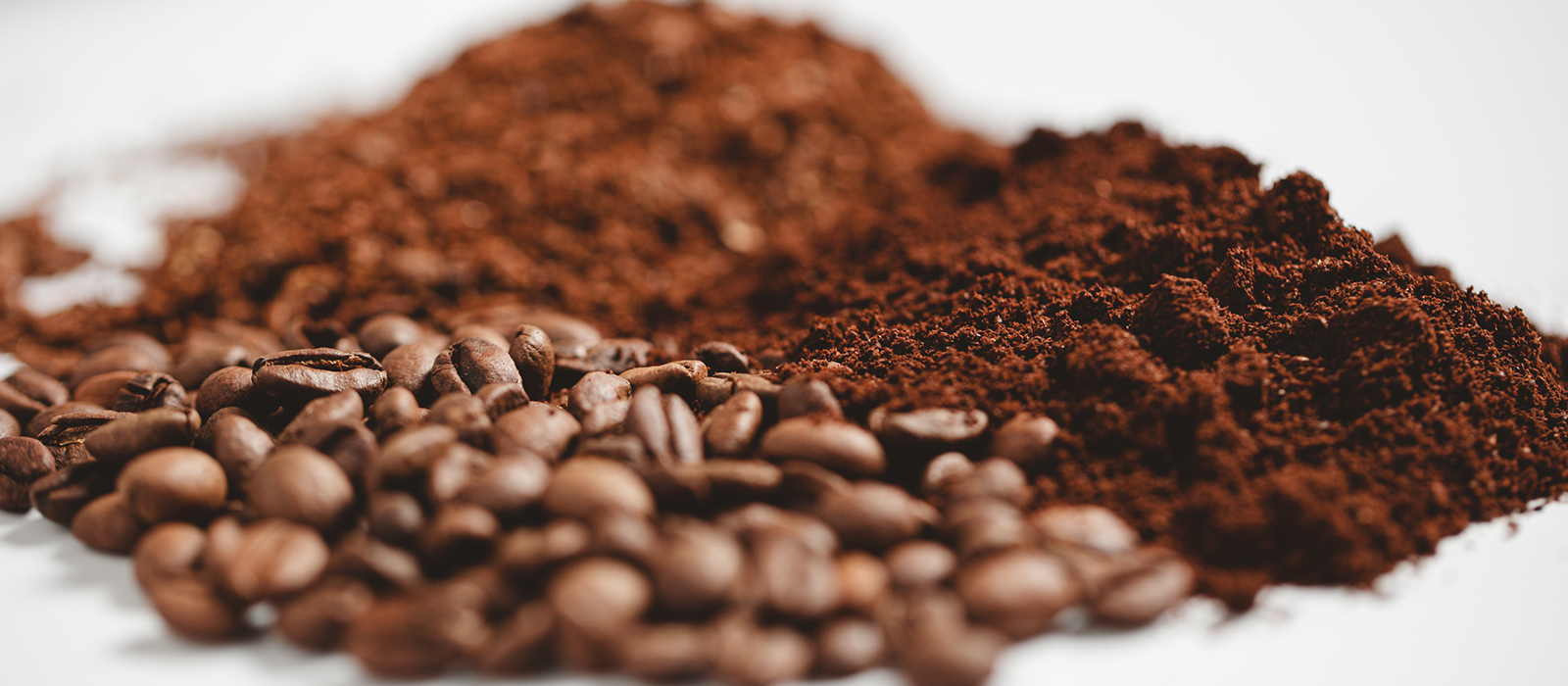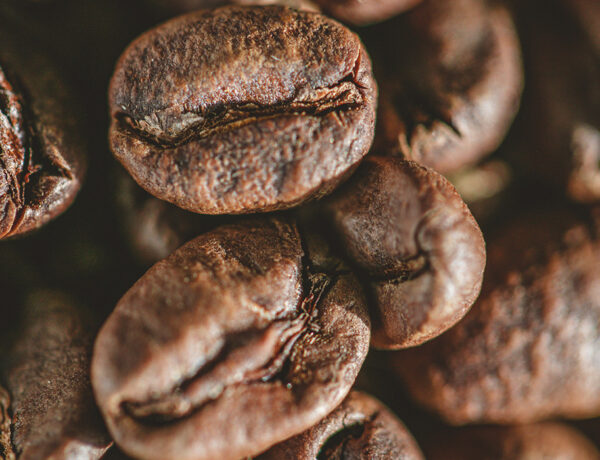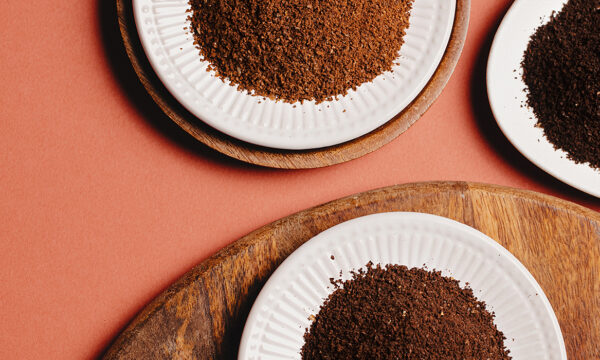
- Home
- WHERE DO COFFEE BEANS COME FROM ? EVERYTHING YOU NEED TO KNOW ABOUT COFFEE PRODUCTION

WHERE DO COFFEE BEANS COME FROM ? EVERYTHING YOU NEED TO KNOW ABOUT COFFEE PRODUCTION
Written by Jordan
Reading time 8 minKnowing where coffee grows as well as all the stages of production will help you choose your next coffee. Cultivation stages and country of production both have a major impact on taste. Discover the secrets of each country and each stage and choose the right coffee beans for you!
HOW IS COFFEE GROWN?
The coffee plant, an evergreen shrub which belongs to the Rubiaceae family (genus Coffea) lives for around fifty years.
This plant is very demanding when it comes to weather conditions as it only grows in regions with warm temperatures and little weather variation. For this reason, most coffee plants are found in tropical regions. Additionally, coffee plants need sufficient humidity and indirect light. Lastly, coffee is grown at altitudes of at least 200 meters above sea level to 2,400 meters, depending on variety.
Coffee plants produce their first fruits called “cherries” by growers and “drupes” by botanists within 3 to 5 years after sowing. Each plant can produce around 2,5 kilograms of fruit per year (depending on variety). This is equivalent to between 500 g and 800 g of green coffee and between 350 g and 550 g of roasted coffee. This difference is due to the fact that coffee beans weigh 20% to 30% less after the roasting process.
Not all coffee fruits ripen at the same time. That’s why the same shrub might need several pickings to harvest all the fruits at the right time. Cherries generally ripen in nine months. Manual picking allows harvests of exceptional quality but can take up to three months! This method is called “stripping” and is very time consuming.
Given the labor-intensive nature of this method, many coffee producers opt for strip-picking instead. It’s cheaper as all the cherries are picked in one go. Coffee can also be harvested by machines for mass production: shrubs are shaken to make all the cherries fall, regardless of ripeness. This technique can only be used on flat terrain e.g. in Brazil or Australia.
COFFEE VARIETIES WORLDWIDE
There are around 124 species of coffee but only 2 are commonly cultivated: Coffea Arabica and Coffea Canephora (Robusta being its most commonly grown variety). They account for 95% of coffee consumed worldwide.
With its sweeter taste, Arabica makes up 60% of worldwide consumption and Canephora the remaining 40%.
Where is Arabica coffee grown?
You now know that Arabica coffee is the most popular in the world, but where are the beans grown? Coffea Arabica is native to Ethiopia, and more specifically to the forests of the Kaffa region.
Particularly fragile, this plant thrives in mountainous areas with deep, mineral-rich soils. The higher the altitude, the finer the aromas.
That’s why Arabica is often grown at high altitude, between 1,500 and 2,400 meters and in a reasonably warm climate (between 17 and 20 degrees). Due to angled growing slopes, mountains guarantee natural fertilization, healthy air as well as low and constant irrigation. This type of landscape is ideal for the growth of Arabica coffee.
There are hundreds of Arabica varieties, the oldest of which are Typica and Bourbon. Many new strains are still being created and exported. These generate natural and artificial (i.e. man-made) hybrids. While hybridisation causes a drop in aromatic richness, it increases resistance to external aggressors.
Where is Robusta coffee grown?
Canephora is native to Guinea and Congo. This variety prefers low-lying wetlands but can still adapt to dry areas. Canephora plants are much more robust, hence the name of its most well-known variety “Robusta”.
More resistant to disease and potentially more productive compared to Arabica, it is grown mainly in Africa and Vietnam. These regions are less suitable for Arabica coffee production. Another key difference is that Robusta coffee beans grow in lowlands. They are smaller and rounder, and the resulting coffee has a higher caffeine content.
Finally, there isn’t any Grand Cru Robusta as this variety is mostly used for blends.
Grand Cru coffees
Just like wine, coffee taste is heavily influenced by terroir. The French concept of “terroir” encompasses several factors including location, soil type, humidity, shade and grape variety. Climate, soil and production sites are all parameters that will influence a coffee’s notes and aromatic profile. In short: it changes the result in cup.
Different Crus with different aromatic notes are produced within the same country or region despite being similar environments. Crus are distinguished by their specific characteristics (acidity, bitterness, color, aroma, etc.), which are revealed during the tasting stage. In fact, other parameters, such as processing methods, impact your coffee taste.
Some coffees, like Jamaica’s Blue Mountain or Hawaii’s Kona are premium coffees with very expensive price tags. Fortunately, there are a number of amazing, less expensive coffees readily available to enthusiasts.
COFFEE PRODUCTION
From harvest to processing
Once harvested, the different varieties of coffee cherries need to be processed.
Inside every cherry there are two seeds which must be separated from the rest of the fruit within six hours of harvesting. There are various ways of doing this. The most well-known processes are the wet method and the dry method.
However, over the years, new methods (or processes) have appeared: semi-washed, reposado, honey, wet-hulled, anaerobic, and many others. Each influences coffee flavour, which is why you can usually find this information on your packet of coffee beans.
The dry method
The dry method, also called natural process, involves washing the cherries in water in order to remove impurities added during harvesting (stones, sand, branches and bad fruit). Cherries are then hand-picked and spread out to dry in the sun.
Green beans, which are unroasted raw beans, are then sorted according to size and the number of batch defects, either manually or by machine. They are kept with their parchment layer (the shell enveloping the green coffee bean) until export. This keeps the humidity level between 9 and 12%.
The washed method
This method, like the dry method, involves washing the fruit to remove impurities. After that first step cherries are passed through a pulping machine. Depulped beans are held and regularly stirred in fermenting tanks for 24 to 48 hours. Finally, after a last washing, beans are laid to dry either on the ground or on raised beds.
In some countries, and depending on the variety, beans may be covered to protect them against bad weather, droughts and humidity. A cover protects them from external hazards. This method is mainly used for the finest coffees and has become synonymous with superior quality.
Other stages
After these stages (growing, harvesting, processing and drying), coffee beans undergo several phases before they are ready for consumption.
WHERE DOES COFFEE GROW, WHERE DOES IT COME FROM?
Every year, 165 million 60 kg bags of green coffee are produced worldwide. Around 70 countries produce coffee, providing a livelihood for 25 million people. Smallholders, cooperatives and large farms alike sell their produce at the price set by the stock exchange. Market prices are determined by the London Stock Exchange for Robusta while New York Stock Exchange trades Arabica coffees.
Coffee-producing countries
Ever wonder where coffee grows? There are many producer countries in the world but not all of them produce the same varieties. Brazil is the world’s largest producer of Arabica and Robusta in the world. Annual production is 58 million bags (60 kilograms per bag). Not far behind, there is Colombia who only produce Arabica at 14 million bags.
This is also the case of Venezuela with 650,000 bags of Arabica grown by small-scale producers. Peru produces 3.8 million bags of Arabica coffee. Peruvian beans are mainly used for flavored coffees and exported to the US.
Ethiopia, the birthplace of Arabica coffee, produces 7,2 million bags. Other notable countries include Costa Rica with 1,5 million bags and El Salvador, with 661 thousand bags. Finally, Jamaica produces one of the world’s most famous and expensive coffees, Blue Mountain. With only 23 thousand bags, Jamaica is able to produce an exceptional Cru.
Other countries chose to diversify production and now grow both Robusta and Arabica. This includes Guatemala, with 3,6 million bags. Mexico produces 4 million bags, while India produces 5 million.
How is fairtrade coffee produced?
From 1962 to 1989, the coffee market was regulated with a quota per country system. Now liberalized, it unfortunately suffers from:
- overproduction;
- quality deterioration;
- and stagnating consumption at the expense of small producers.
Fairtrade coffee was created to help small-scale farmers break out of this vicious cycle by offering fair prices for their coffee beans as well as long-term partnerships. Roasters who choose fair trade coffee support these farmers, ensuring them decent living conditions. Fairtrade coffee also allows farmers to invest in their plantations and grow better-quality beans.
In the UK, Fairtrade coffee accounts for nearly 25% of total coffee sales. Fairtrade currently works with over 838,000 coffee farmers globally through 656 Fairtrade certified coffee producer organizations.
Now you know how and where coffee grows and how it is processed, check out our Ultimate Guide To Choosing Your Coffee.
Discover all of our articles
